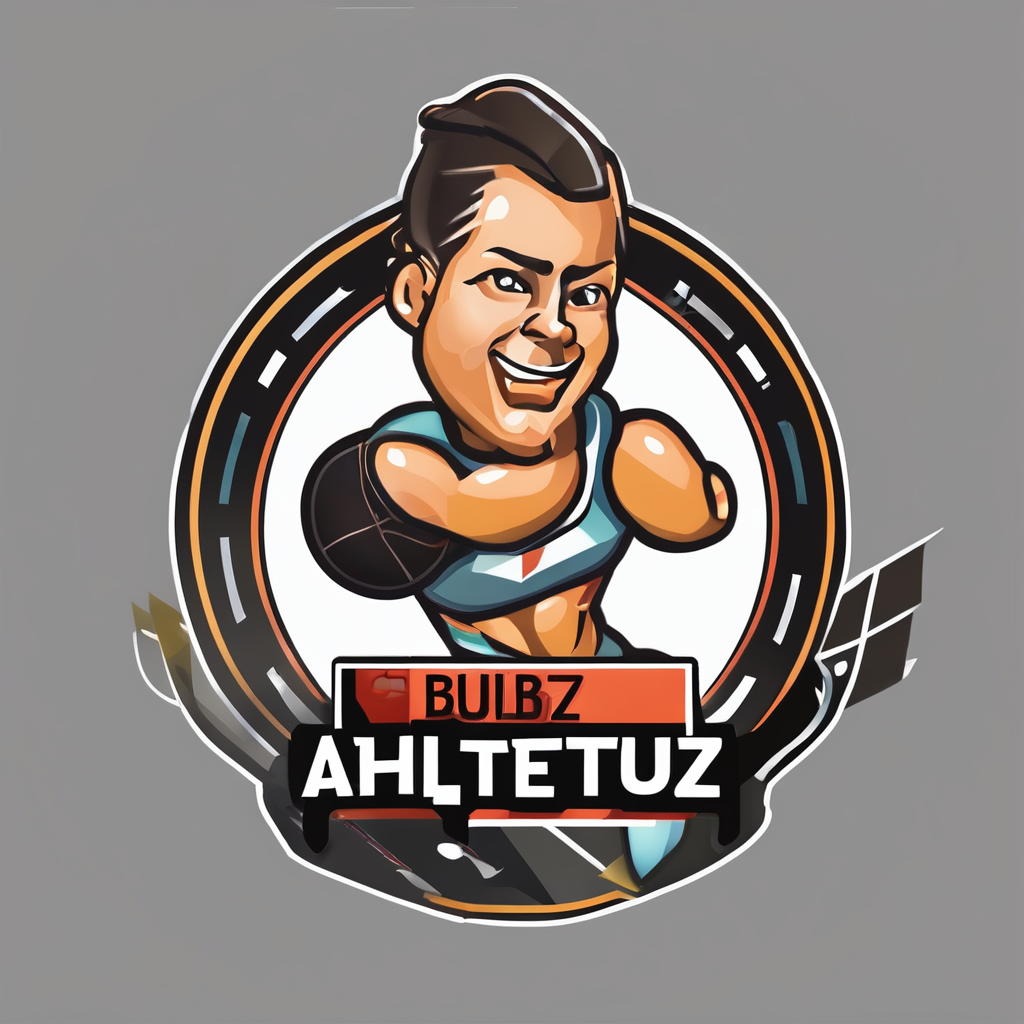Understanding Paddle Biomechanics
Paddle biomechanics play a crucial role in improving paddling efficiency in competitive canoeing. Understanding the biomechanics involved helps athletes make informed decisions that optimize their energy expenditure and performance. Key factors like stroke angle, paddle length, and shape significantly impact both efficiency and energy expenditure.
The stroke angle influences the water entry and exit points during paddling, which directly correlates with propulsion and speed. An optimized stroke reduces drag, enhances propulsion, and conserves energy. Similarly, the paddle’s length and shape determine leverage and the surface area interacting with water. A longer paddle might offer better reach, but it could also increase fatigue if not suited to the paddler’s physique.
Also to see : Ultimate Stretching Techniques to Safeguard Competitive Cheerleaders: Your Essential Guide for Injury-Free Performance
The integration of biomechanics in canoeing provides athletes with insights into customizing their techniques and equipment. By tailoring their approach based on these factors, they can achieve a balance between power output and endurance, leading to improved overall performance. Understanding these elements not only informs paddle selection but also refines technique, resulting in sustained and efficient paddling.
Comparative Analysis of Paddle Designs
Understanding the nuances between paddle designs can significantly influence a canoeist’s performance. Various paddle types cater to different needs, offering unique advantages in diverse conditions. By analyzing traditional and modern paddle designs, athletes can choose the one that aligns best with their goals.
Topic to read : Exploring the Impact of Barometric Pressure Changes on Skydiving: Aerodynamics and Altitude Unveiled
Traditional vs. Modern Paddle Designs
Traditional paddles, often made from wood, offer a unique aesthetic and provide a natural feel. However, they tend to be heavier and might not deliver the same speed and control as modern alternatives. Modern paddle designs, with innovations like carbon fibre or fibreglass materials, provide enhanced speed, stability, and control due to their lightweight and durable characteristics. These advancements contribute to increased performance metrics crucial in competitive environments.
Material Differences in Paddle Construction
Paddle construction materials play a pivotal role in performance and durability. Carbon fibre is celebrated for its lightweight nature, enhancing paddling efficiency, while fibreglass offers a balance between durability and affordability. Wood, though traditional, provides a robust feel but might weigh down paddlers. Selecting the right material can profoundly influence how a paddle interacts with water, ultimately affecting speed and endurance.
Performance Metrics in Competitive Canoeing
In competitive canoeing, understanding performance metrics is critical for optimizing paddling efficiency. Key metrics such as stroke rate, speeds, and endurance dictate how well an athlete performs under varying conditions. Stroke rate refers to the number of strokes taken per minute, and higher rates are often linked to increased boat speed. However, maintaining an optimal stroke rate is necessary to balance energy expenditure effectively.
Speed, another vital metric, is significantly affected by paddle selection. For instance, modern lightweight paddles enable athletes to achieve greater speeds with less energy. Endurance is profoundly impacted by a paddler’s technique and paddle type; the right combination enhances stamina, allowing competitors to sustain high performance over longer distances.
Analyzing performance outputs with diverse paddle types reveals crucial insights. Traditional paddles, while providing robust power, may not support high stroke rates due to their weight. In contrast, modern paddles designed with advanced materials facilitate quicker, efficient strokes. This comparative analysis underlines the importance of aligning paddle choice with individual performance goals to maximize competitive advantage.
Expert Insights on Paddle Selection
Understanding the science and technology behind various paddle types is crucial for finding the right fit for your needs. Expert insights reveal how paddle selection can vastly influence performance and technique in competitive environments. Personalized experiences and preferences from elite athletes showcase how different paddle designs can be optimally matched to individual paddling styles. They highlight how specific designs work better in varied racing conditions, providing crucial tips for maximizing speed and efficiency.
Insights from biomechanics experts provide a deeper understanding of how to align paddle selection with performance objectives. Sports scientists often recommend lightweight materials like carbon fibre for competitive canoeists, highlighting how these enhance speed and reduce fatigue. Data-backed findings guide adjustments in paddling technique – for example, recommending longer paddles to athletes with a sturdy build for better leverage, while advising lighter paddles for those focusing on endurance.
Practical tips involve a combination of technical analysis and personal trial. Factors like skill level, body type, and physical attributes influence whether a paddle will enhance or hinder your performance. High recommendations stress testing different options under race conditions to ensure the chosen paddle complements your skills.
Visual Aids and Data Representation
Utilising data visualization significantly enhances understanding of paddle metrics and their impact on canoeing performance. Visual data—such as charts and graphs—provides clear insights into how different paddles perform under various conditions.
When comparing different paddles, visual aids effectively illustrate how performance metrics like stroke rate, speed, and endurance fluctuate with varying paddle designs. For instance, a line graph can detail how a carbon fibre paddle consistently achieves higher speeds due to its lightweight nature, while a pie chart can visually dissect the balance between energy expenditure and efficiency with different materials.
Using visual data, athletes can make more informed decisions about paddle selection. It enables them to see at a glance how specific features, such as blade size or shape, influence outcomes, offering a straightforward method to evaluate performance comparison effectively.
Moreover, these visuals aid coaches and sports scientists in communicating complex biomechanical concepts simply and efficiently. By leveraging such tools, the data not only becomes accessible but also empowers athletes to optimise their equipment choices systematically.
